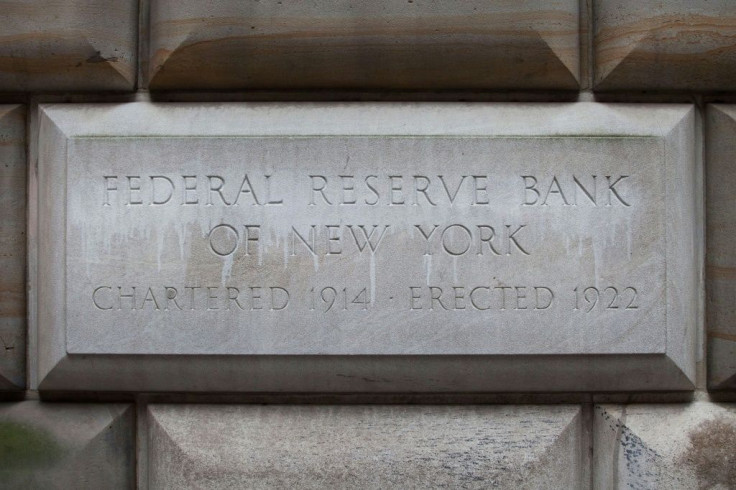NY Fed Bumps Up Overnight Cash Injections

The New York Federal Reserve Bank is jacking up the amount of cash it injects into the US financial plumbing on a nightly basis, officials said Wednesday.
Since last month, the Federal Reserve has scrambled to prevent a liquidity shortage from causing short-term interest rates to spike beyond its control.
Beginning Thursday and extending to mid-November, the New York Fed will offer at least $120 billion a day in so-called overnight repurchase operations -- exchanging secure assets for cash -- up from the prior $75 billion maximum, the bank said in a statement.
Fourteen-day "repo" operations offered Thursday and Tuesday of next week will also rise from $35 billion to $45 billion.
The increases suggested there was little sign of loosening up on the unusually cash-strapped US money markets. The overnight operations are scheduled to continue at least until January of next year.
Meanwhile, the central bank this week has been purchasing Treasurys to inject more cash into the financial system, expanding its balance sheet -- something officials plan to continue through the second quarter of 2020.
Economists say an array of conditions converged to dry up liquidity in the banking system -- including quarterly corporate tax payments and a surge in government debt sold to investors, both of which drained cash out of banks and sent it into government coffers.
Banks borrow regularly in markets for very short periods, usually overnight, to make sure their daily cash reserves do not fall below the required levels. Shortages make the cost of borrowing rise suddenly.
The New York Fed adds or removes liquidity to keep interest rates in line with the desired target, but the cash shortage last month prompted it to pump funds into the short-term repo market as rates threatened to break out of the target range set by the Fed's policy-setting Federal Open Market Committee.
The central bank cut benchmark lending rates last month and many expect another rate cut on October 31 at the next FOMC meeting.
© Copyright AFP {{Year}}. All rights reserved.





















